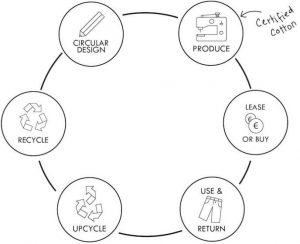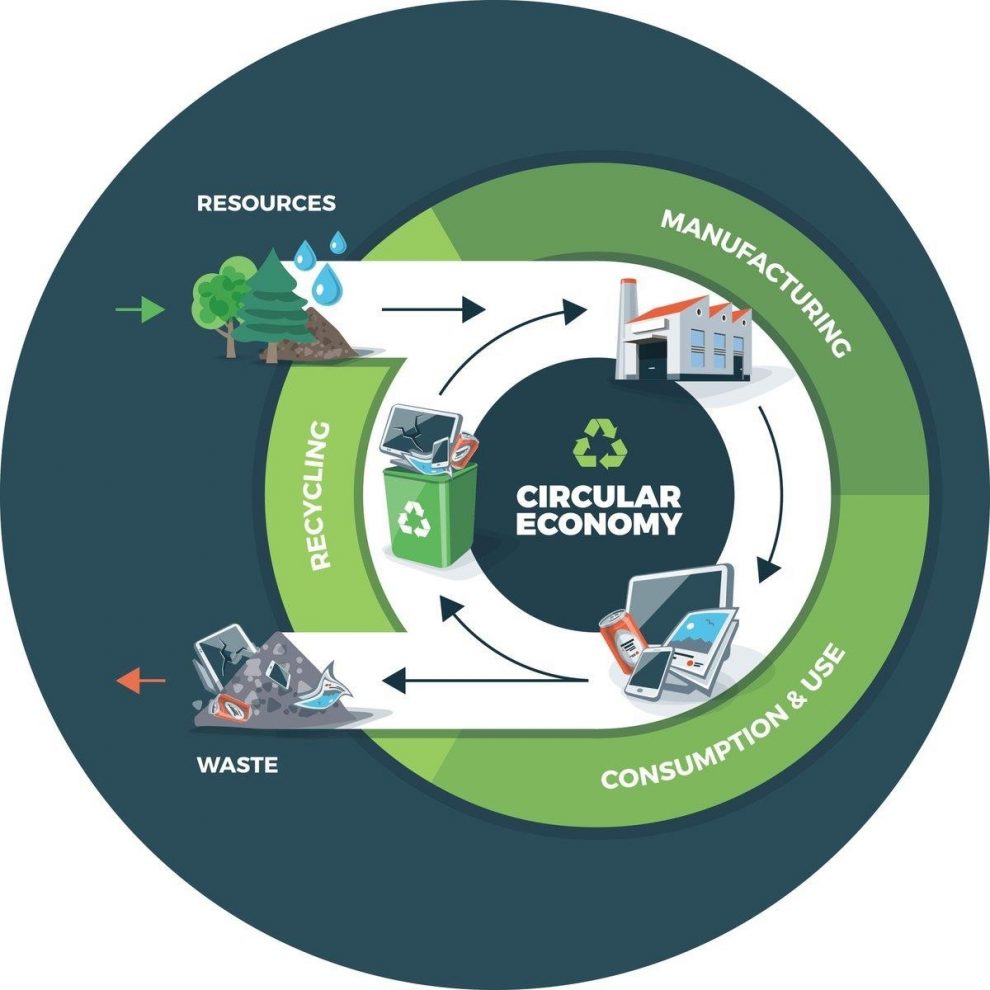The “Survival of the fittest”, this phrase has been admissible since the time of its inception, from Darwinian evolutionary theory to date. Similarly, we forget about our gadgets and technologies once it gets outdated and look up to the advanced and updated ones; without ever thinking about the plight of the ones which went into the trash. I guess most of us wouldn’t be aware of the process it undergoes after we throw it off.
Since the time of globalization, we have been following this model: Take, Make, Use & Dispose. Here, Take is the utilization of the natural resources which are being used for the production which Makes the gadgets and we Utilize them for our needs and later Dispose them.
Each time this happens, we are consuming natural resources and produce toxic waste or e-waste. The 1970s saw a transformation in this process and that’s how the Circular Economy was born.
Walter R. Stahel, an architect, economist, and a founding father of industrial sustainability.
He was one of the pioneers of this economic system. This system helps a lot in maintaining sustainability and doesn’t take up much of the resources like Linear Economy.
This doesn’t exist in the field of technologies alone; it runs in almost all the fields.
Let’s take a look at the fashion industry.
In the fashion industry, the raw materials are processed in a regenerative system where the garments are circulated for as long as their maximum value is retained, and then returned safely to the biosphere when they are no longer of use.
It is a shocking statement that only 1% of clothing is recycled into wearables.
Natural and synthetic fiber causes high environmental pressure in terms of land use, climate change, pollution, water scarcity, and other such things. Fashion may seem to be a fancy and trending topic, but it should also be in a sensible and sustainable manner.
The circular fashion focuses on 3 main things
-
Clothes that are being designed should be 100% biodegradable. So that even when they are being thrown into the dump, they can decompose naturally and doesn’t cause much of pollution
-
Longevity; the apparels should be designed in a way which can give a longer life expectancy of the clothing and thus make it last long before getting recycled
-
Reverse cycle; the manufacturers should try to work more on recycling the clothing which can save a lot of production cost as well as prevent pollution

These points could help design clothing that would be sustainable for our environment. The circular economy is not about one manufacturer changing the process, it’s about all the interconnecting companies that form the economy coming together to create a change.
Image credit : solarimpulse.com














Add Comment